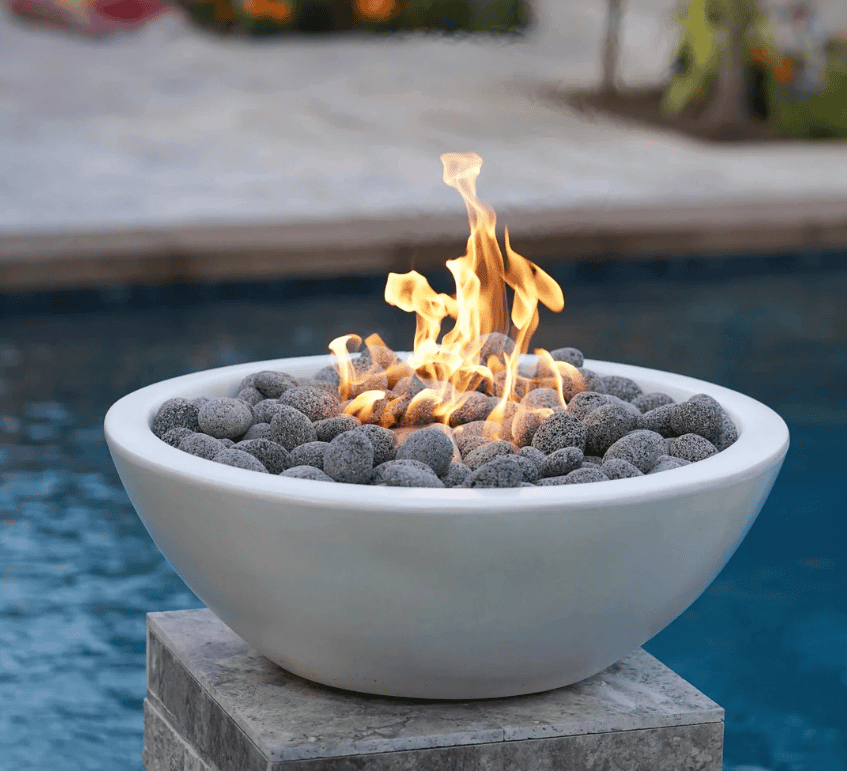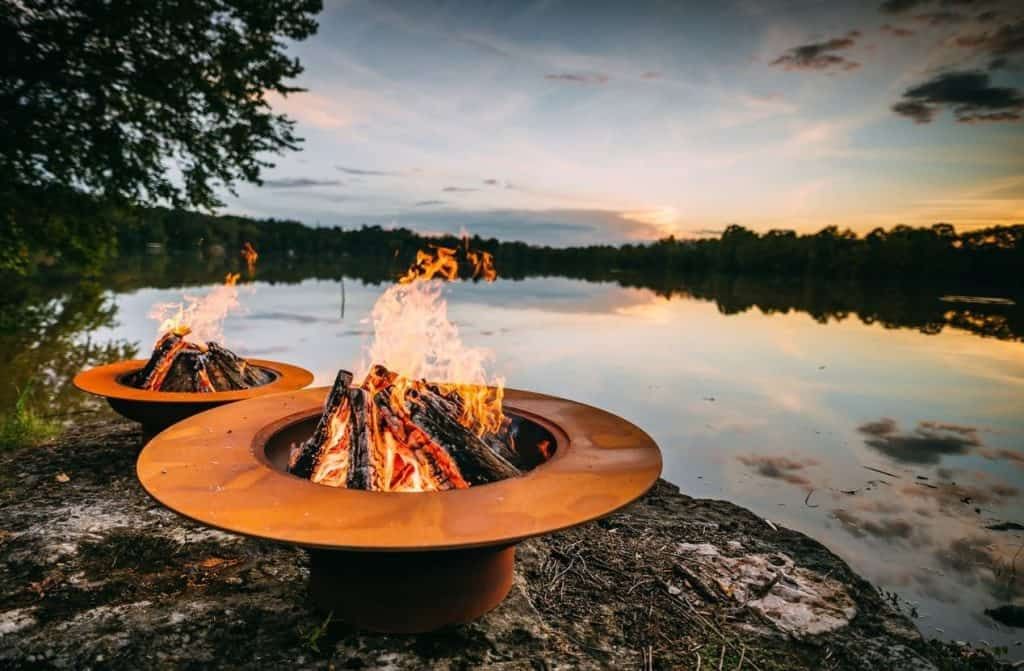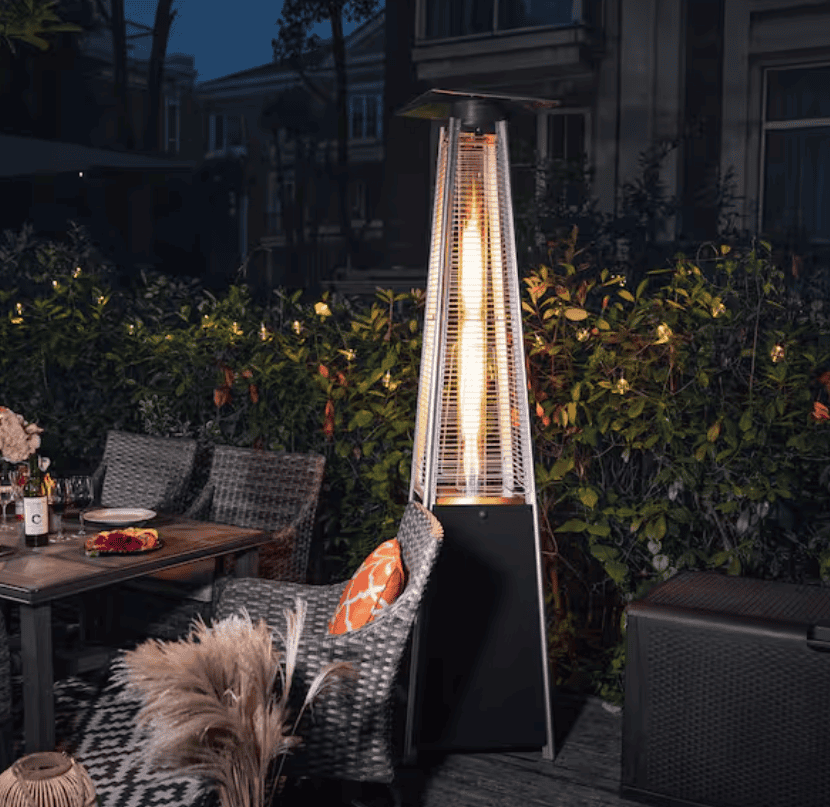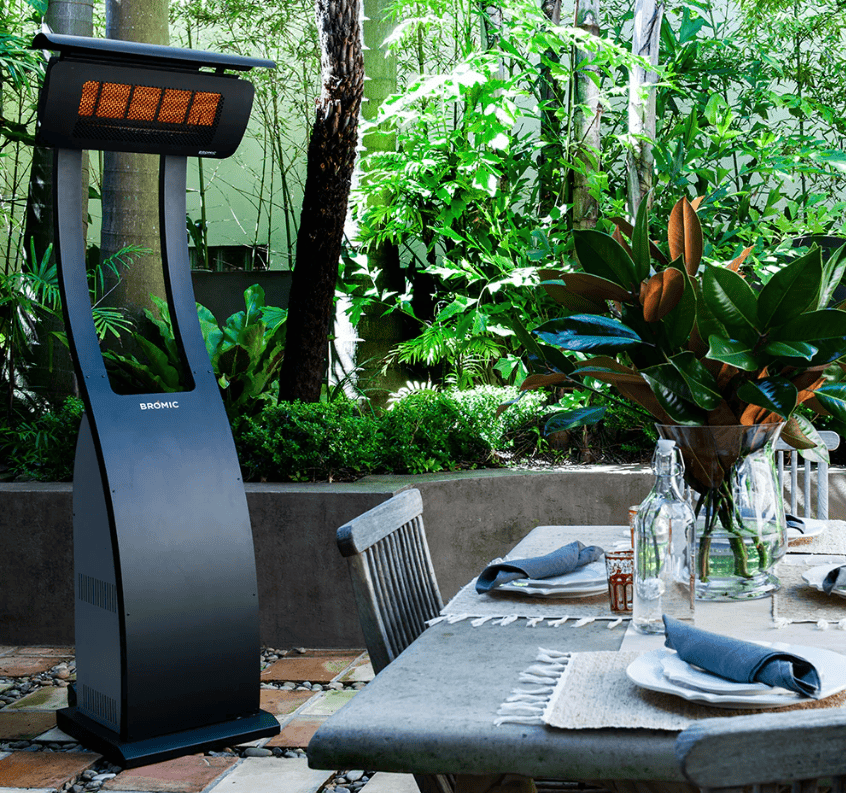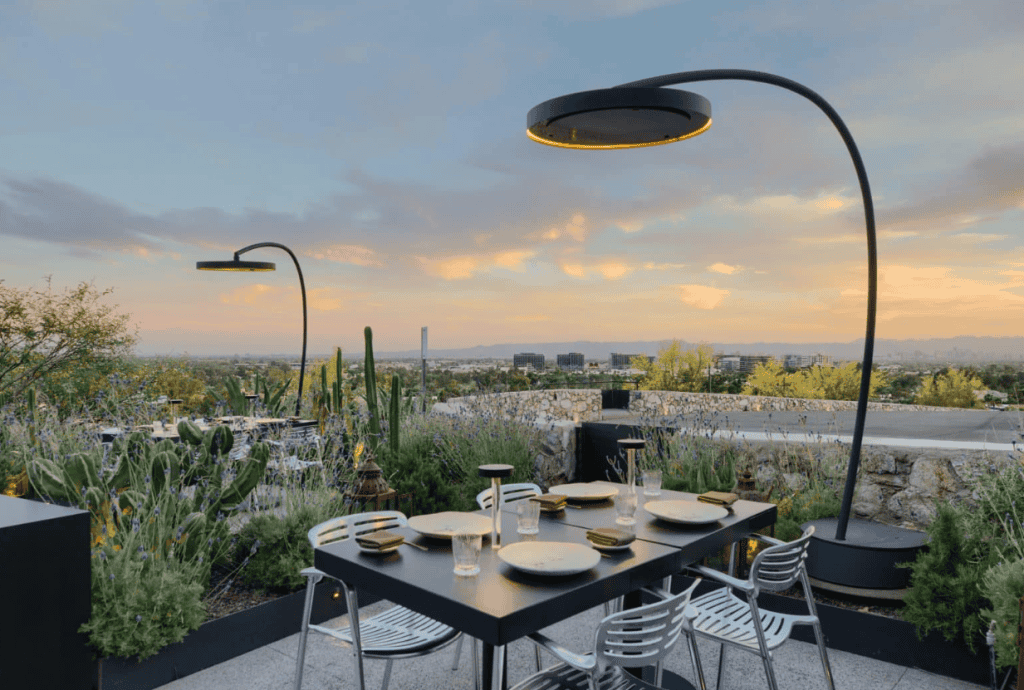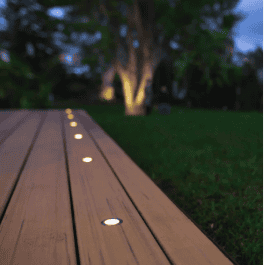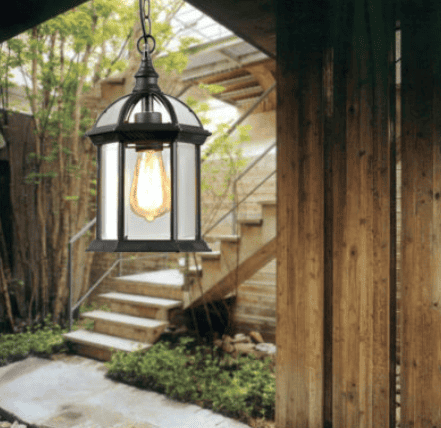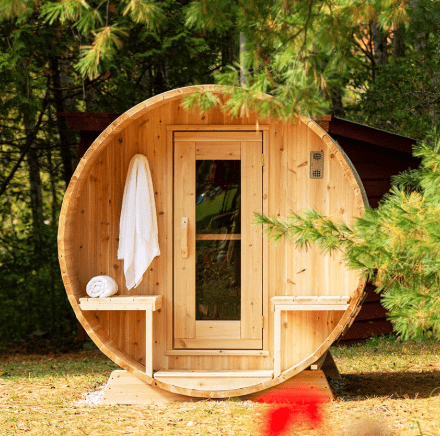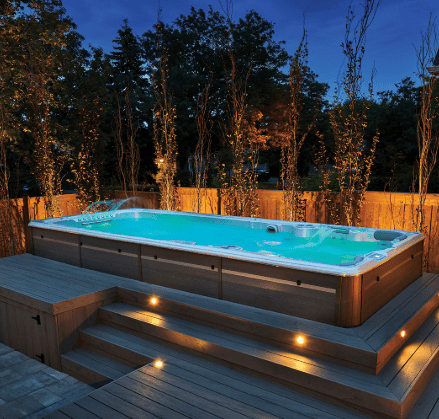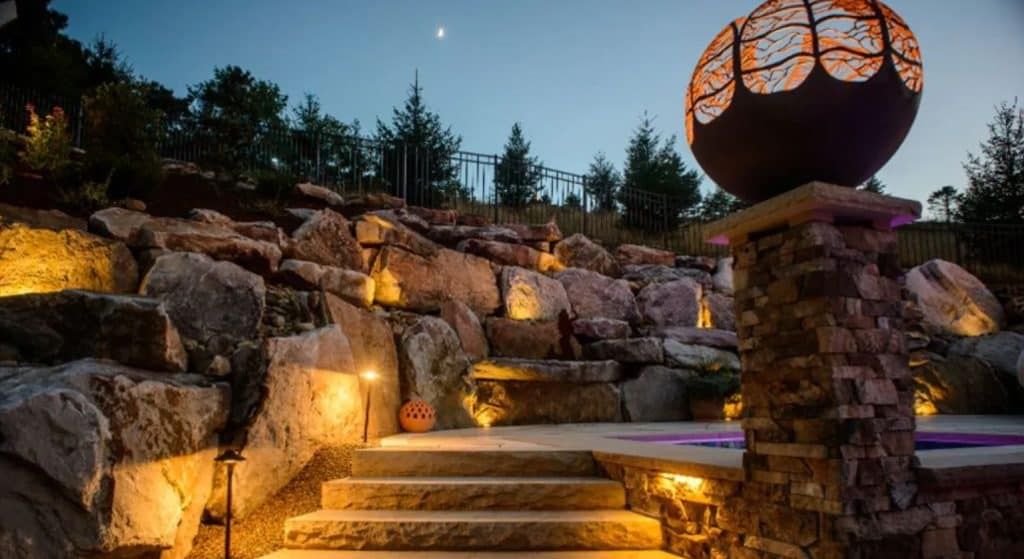Outdoor Lights
Installing Low Voltage Landscape Lighting: A Simple Guide
Install low voltage landscape lighting easily with this simple guide! Enhance your home with beautiful landscape lights.
Welcome to the world of outdoor illumination! This guide will walk you through the process of installing low voltage landscape lighting, transforming your outdoor spaces into beautifully lit areas. Whether you’re looking to highlight architectural features, illuminate pathways, or create a warm and inviting ambiance, low voltage landscape lighting provides a safe, energy-efficient, and aesthetically pleasing solution.
Understanding Low Voltage Landscape Lighting
What is Low Voltage Landscape Lighting?
Low voltage landscape lighting refers to an outdoor lighting system that operates at a much lower voltage than standard household current, typically 12 volts. This is achieved by using a transformer to step down the 120-volt electrical outlet current to the required lower voltage. Low-voltage landscape lighting is favored for its safety and energy efficiency, making it an ideal choice for illuminating gardens, walkways, and other outdoor areas. This system consists of landscape lighting fixtures, low voltage cables, and a transformer to reduce the electrical current. It’s a safe and effective way to enhance the beauty of your property while minimizing energy consumption.
Benefits of Low Voltage Lighting
The benefits of installing low voltage landscape lighting are numerous. In particular, homeowners appreciate the following advantages:
- Safety is significantly enhanced due to the reduced voltage, minimizing the risk of electrical shock.
- These lighting systems are energy-efficient, consuming less power and lowering electricity bills, especially when used with LED lights.
- Low voltage lighting systems are generally easier to install than high-voltage systems.
Furthermore, low voltage landscape lighting allows for flexible designs and placement options, enabling you to create customized lighting plans that enhance the aesthetic appeal of your landscape and improve security.
Types of Landscape Lights
There are various types of landscape lighting fixtures available to suit different needs and preferences. Some common choices include:
- Path lights, designed to illuminate walkways and pathways.
- Flood lights, used to highlight specific features such as trees or architectural elements.
Spotlights offer a more focused beam of light. Deck lights are specifically designed for illuminating decks and patios, creating a warm and inviting atmosphere. Furthermore, you could install solar lights, which could be ideal for those who don’t want to use more electrical energy. The choice of lighting fixture depends on the desired effect and the specific area you want to illuminate within your outdoor space.
Preparing for Installation

Selecting the Right Fixtures
Choosing the right landscape lighting fixtures is crucial for achieving the desired aesthetic and functional goals for your outdoor space. Consider the style of your home and landscape when selecting light fixture styles. Path lights are ideal for illuminating walkways, while flood lights and spotlights can be used to highlight trees, shrubs, or architectural details. Ensure that the light fixtures you choose are designed for outdoor use and can withstand the elements. LED lights are a popular choice for landscape lighting systems due to their energy efficiency and long lifespan. By carefully selecting your landscape lighting fixtures, you can create a beautiful and functional outdoor lighting design.
Choosing the Appropriate Wire Gauge
Selecting the appropriate wire gauge is critical for safe and efficient operation of your low voltage landscape lighting system. The wire gauge determines the amount of electrical current the wire can safely handle. Using a wire gauge that is too small can cause the wire to overheat, potentially leading to a fire hazard or voltage drop, which can dim your lights. Consult the manufacturer’s recommendations for the appropriate wire gauge based on the total wattage of your lighting system and the distance from the low voltage transformer to the furthest light fixture. Always use direct burial lighting cable that is specifically designed for outdoor use.
Understanding Wattage Requirements
Before you install low voltage landscape lighting, it’s crucial to understand the wattage requirements of your lighting system. Each light fixture has a specific wattage rating, and you need to calculate the total wattage of all the fixtures you plan to install. This total wattage must be less than the maximum wattage output of your low voltage transformer. When selecting a low voltage transformer, choose one that provides slightly more wattage than your total wattage calculation to allow for future expansion. Consider using LED lights, as they consume significantly less wattage than traditional incandescent bulbs, allowing you to install more lights with the same transformer.
Installing Low Voltage Landscape Lighting
Planning Your Lighting Layout
Before you begin to install low voltage landscape lighting, careful planning of your lighting layout is essential for achieving the desired effect. Start by assessing your outdoor space and identifying the areas you want to illuminate. Consider the architectural features of your home, pathways, gardens, and other landscape elements. Decide what you want to highlight and what kind of ambiance you want to create. Sketch a lighting plan, marking the locations of each light fixture. Proper planning ensures that your low voltage landscape lighting system enhances the beauty and functionality of your outdoor space, creating a welcoming and safe environment.
Mounting the Transformer
Mounting the transformer properly is a critical step when you install low voltage landscape lighting. The transformer steps down the voltage from your home’s electrical outlet to the low voltage required by your landscape lights. Choose a location for your transformer that is close to a GFCI-protected electrical outlet and is also sheltered from the elements. Mount the transformer securely to a wall or post using screws or bolts, ensuring it is level and stable. Make sure to follow the manufacturer’s instructions for proper mounting and grounding. Ensure the transformer’s location is accessible for maintenance and adjustments.
Running the Low Voltage Wire
Running the low voltage wire is a key step in the process when you install low voltage landscape lighting. The low voltage cables supply power from the transformer to the individual light fixtures. Begin by laying out the wire along your planned route, keeping it close to the ground and away from areas where it could be easily damaged. You can bury the low voltage wire a few inches below the surface of the ground for added protection. Use direct burial lighting cable specifically designed for outdoor use. Connect the main wire to the transformer, and then run it to each light fixture, using appropriate wire connectors to make secure and weatherproof connections. Avoid kinking or stretching the wire, and use cable stakes to secure it in place. Following these steps will ensure a safe and reliable low voltage landscape lighting system.
Connecting and Testing Your System
Connecting the Fixtures
Once you’ve run the low voltage wire, it’s time to connect the low voltage landscape lighting fixtures. Each light fixture will have wire connectors or terminals for attaching to the main wire. Use appropriate wire connectors that are designed for outdoor use to ensure a secure and weatherproof connection. Follow the manufacturer’s instructions for connecting the wires, making sure to match the polarity if necessary. Securely attach each light fixture to the ground or desired mounting surface. As you connect the fixtures, periodically check to make sure the fixture has not been damaged.
Testing the Lighting System
Before burying the low voltage lighting cable or completing the installation, thoroughly test the lighting system to ensure everything is working correctly. Here are a couple of key steps to take:
- Turn on the transformer and observe each light fixture to ensure it illuminates properly. If any light fixture doesn’t light up, check the wire connectors and ensure they are securely attached.
- Use a voltage tester to check the voltage at each fixture. If the voltage is too low, it could indicate a wiring issue or an undersized low voltage transformer.
Make any necessary adjustments to the wiring or connections and continue to test until all lights are functioning as expected.
Using Timers and Solar Lights
Enhance the functionality and energy efficiency of your low voltage landscape lighting system by incorporating timers and solar lights. A timer allows you to automatically turn your lights on and off at specific times, providing added convenience and security. Solar lights offer a sustainable and cost-effective alternative to traditional low voltage lighting, using solar energy to power the lights. These are great options for you if you don’t want to install more outdoor lighting fixtures. By using solar lights you will not use the electrical outlet, which is more economically beneficial.
Maintenance and Troubleshooting
Regular Maintenance Tips
To keep your low voltage landscape lighting system in optimal condition and prolong its lifespan, regular maintenance is essential. Periodically inspect all light fixtures for damage, corrosion, or dirt buildup. Clean the lenses of the light fixtures to ensure maximum light output. Check the wire connectors for any signs of corrosion or loose connections and repair them as needed. Trim any vegetation that may be obstructing the light fixtures. Replace any burnt-out bulbs or damaged light fixtures promptly to maintain consistent lighting throughout your outdoor space. Simple maintenance will keep your low voltage outdoor landscape lighting looking its best for years to come.
Common Issues and Solutions
Even with proper installation and maintenance, you may encounter some common issues with your low voltage landscape lighting system. One common problem is dim or flickering lights, which can be caused by a voltage drop, loose connections, or a failing low voltage transformer. Check all connections and the low voltage cables, and ensure they are secure and corrosion-free. Test the voltage at each light fixture to identify any voltage drop. If the transformer is overloaded or failing, consider upgrading to a higher-wattage low voltage transformer or replacing the transformer altogether. Another issue can be water intrusion into the light fixtures, which can cause corrosion and electrical problems. Ensure all fixtures are properly sealed and designed for outdoor use.
Upgrading Your Landscape Lighting System
As your landscaping matures and your outdoor needs evolve, consider upgrading your low voltage landscape lighting system to enhance its functionality and aesthetic appeal. Consider adding new light fixtures to highlight new features or create a different ambiance. Upgrade to LED lights for improved energy efficiency and longer lifespan. Consider installing a smart timer or control system that allows you to adjust the lighting remotely via your smartphone. Upgrading the low voltage cables to a thicker gauge wire can improve voltage and lighting, especially if you are adding more fixtures to the system. These upgrades can transform your outdoor space into a beautifully lit and inviting environment, tailored to your specific needs and preferences.

